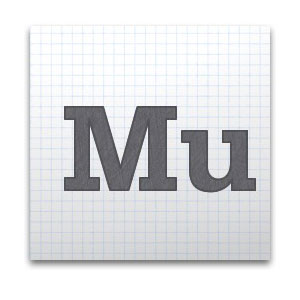 If you web designers haven’t yet heard about Adobe Muse, we are happy to break the news to you first. For those who have heard a bit about the new program, but aren’t exactly sure what it is, we’ll be going through a complete rundown of the software’s features and capabilities. So without further ado, let’s dive straight into the steamy stew that is Muse, beginning with the basics:
If you web designers haven’t yet heard about Adobe Muse, we are happy to break the news to you first. For those who have heard a bit about the new program, but aren’t exactly sure what it is, we’ll be going through a complete rundown of the software’s features and capabilities. So without further ado, let’s dive straight into the steamy stew that is Muse, beginning with the basics:
What is Muse?
If you’re much like us, you very likely do not fancy the entire web design process, or at least every aspect of it that doesn’t involve Photoshop. Typically, designing a website is a three step process: First, the designer must draw the sketch in Photoshop; then a programmer (or the same designer) cuts the sketch into web-friendly slices, which can be turned into CSS or jQuery-powered code; finally, the whole thing is uploaded to the web host and tested. At the least, this process will involve roughly three programs—Photoshop, Dreamweaver, and Flash, though potentially more, depending on your workflow. Either way, you’re looking at a lot of moving for not a lot of results.
Muse, on the other hand, wants to be your bridge between these. Adobe understands that much of its market is comprised of graphic designers, individuals who would rather move pixels around a screen than mess with code. As such, they’ve created Muse to act as an InDesign meets Dreamweaver approach to web design. With little to no direct code contact, a graphic designer can layout a website just as easily as they might layout a page spread for a catalog. That’s fairly generic, so let’s dive into the specifics!
What Can Muse Do?
First and foremost, Muse simplifies the design process by allowing you to easily slice up your Photoshop files. Users can upload entire works for easy slicing, as well as various buttons and UI elements collected over the years. Muse also comes with a bevy of free HTML and CSS widgets which can be dragged and dropped to easily create fully-coded masterpieces. In essence, Muse is like iWeb with the doors kicked open. You can bring along all of the files you usually work with, but without the mess of the digital wheelbarrow, so to speak.



